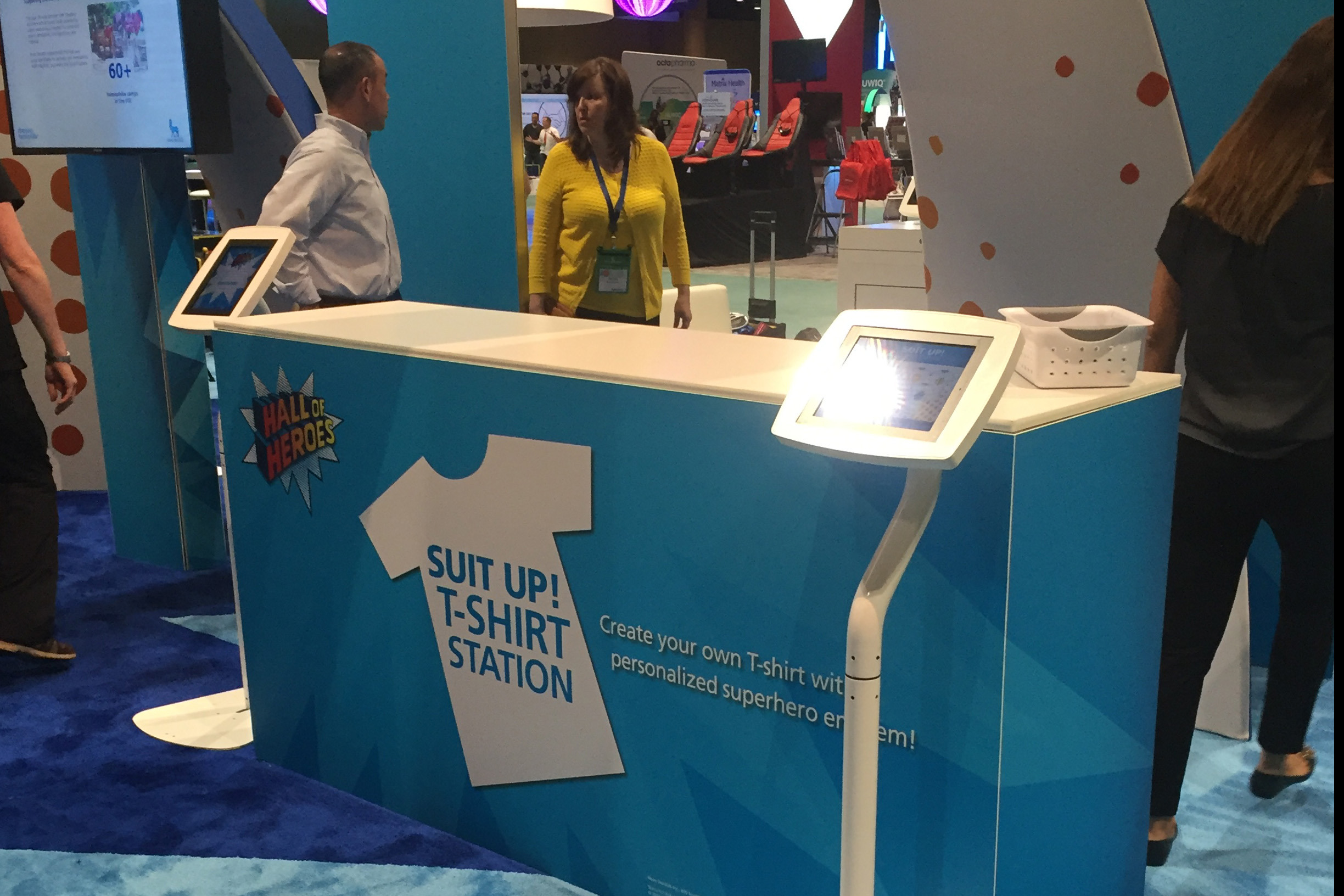
Every brand within the healthcare industry faces its own set of unique challenges. Even though the healthcare industry is highly saturated, health is a sensitive topic,...
Giving customers an engaging brand experience is the chief aim of experiential marketing. Canvassing, a direct marketing tactic that involves going door-to-door and engaging with prospective customers, is one of the best strategies to achieve this. The power of canvassing in experiential marketing will be evaluated in the following piece, including illustrations of how it allows businesses to turbo-boost their sales and brand recognition.
Going door to door to interact with prospective customers is what is referred to as canvassing in the realm of face-to-face marketing. Typically, canvassers conduct surveys, hand out promotional materials, and engage in discussion with members of the community. Canvassing is a direct, person-to-person form of marketing that enables companies to have a stronger relationship with consumers compared to other forms of advertising.
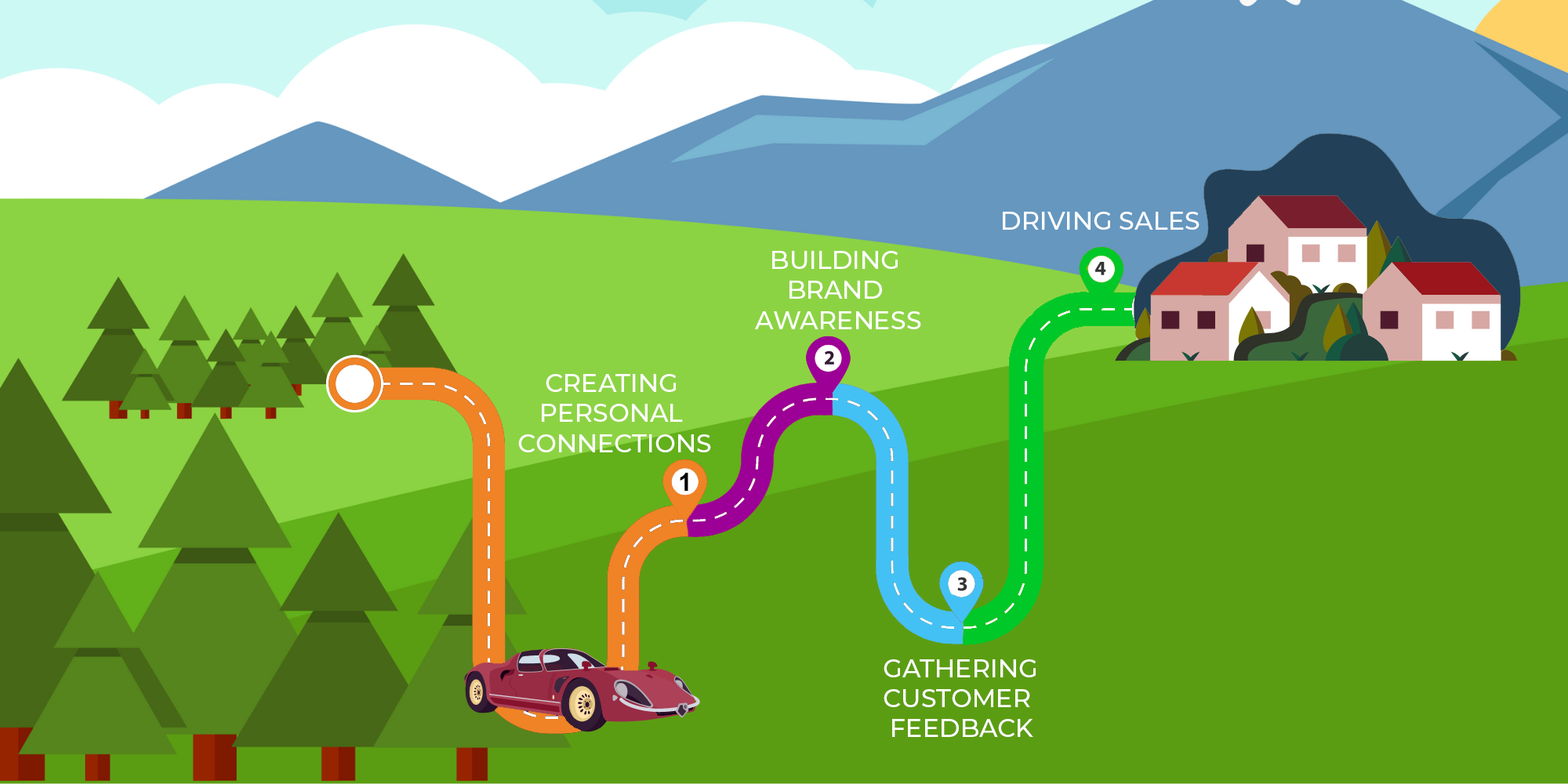
The ability for businesses to establish personal relationships with prospective customers is among the primary advantages of canvassing. Canvassing gives businesses the opportunity to interact with customers one-on-one, which can be much more successful in fostering trust and brand loyalty than other forms of promotion.
Building brand awareness through canvassing is another effective tactic. Businesses can raise their visibility and leave a lasting impression on potential customers by interacting with members of the community and dispersing marketing materials. Smaller businesses that do not have the funding for conventional types of marketing may find this to be particularly beneficial.
 Gathering customer feedback
Gathering customer feedbackCustomer input can also be gathered through canvassing. Businesses can gain essential insights into what their customers want and need by speaking with community members. This could help companies enhance their products and services as well as improve their marketing strategy and decision-making.
Finally, canvassing can be an effective approach to sales. Businesses can entice potential consumers to make a purchase by interacting with them in person and presenting them with incentives and offers. Businesses that sell goods and/or services that need a more personal touch, like financial advice or home improvement services, can benefit greatly from canvassing.
.png?width=2000&height=1000&name=MicrosoftTeams-image%20(1).png)
Thorough planning and attention to detail are essential for organizing a successful canvassing project. Here are some crucial things to remember:
An understanding of your target market is the first step in the development of a canvassing project. What are the wants and needs of the audience you are attempting to reach? This will enable you to create content and advertisements that speak to your target demographic on a deeper level.
Next, it's critical to establish specific marketing objectives. What do you hope to accomplish, and how will you evaluate your progress? It's crucial to have a clear plan in place whether your objective is to increase sales, improve brand exposure, or collect consumer feedback.
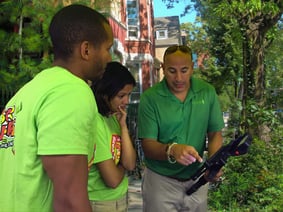 Train your canvassers
Train your canvassersYour canvassers will be the face of your business during the campaign, so it's important to train them on how to engage with potential customers and represent your brand. Make sure they understand your messaging and know how to handle objections or difficult situations.
The route you choose for your canvassing effort must be carefully considered. Consider elements like demography, the density of the population, and large foot traffic locations. By doing this, you may enhance your chances of success while making the most of your time and resources.
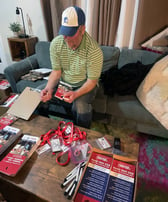
Ensure that your canvassers have all the equipment and supplies they require in order to succeed. Along with tablets or other devices for data collection and/or survey completion, this could also include marketing materials like fliers, brochures, or sample products.
Although canvassing can be an exceptionally successful marketing strategy, it does have a unique set of difficulties. Here are some frequent challenges and suggestions for overcoming them:

It's important to prepare your canvassers for the possibility of rejection. Not everyone will be interested in your product or service, and it's important to teach your team how to handle rejection gracefully and move on to the next potential customer.
Canvassing can also present safety concerns, especially if your team is going door-to-door in unfamiliar neighborhoods. Make sure your team is equipped with safety protocols and knows how to handle difficult or dangerous situations.
A canvassing campaign's logistical management might be difficult as well. There are many moving pieces to keep track of, from route planning to data gathering to inventory management. Make sure you have a detailed plan in place as well as a method for monitoring your progress and outcomes.
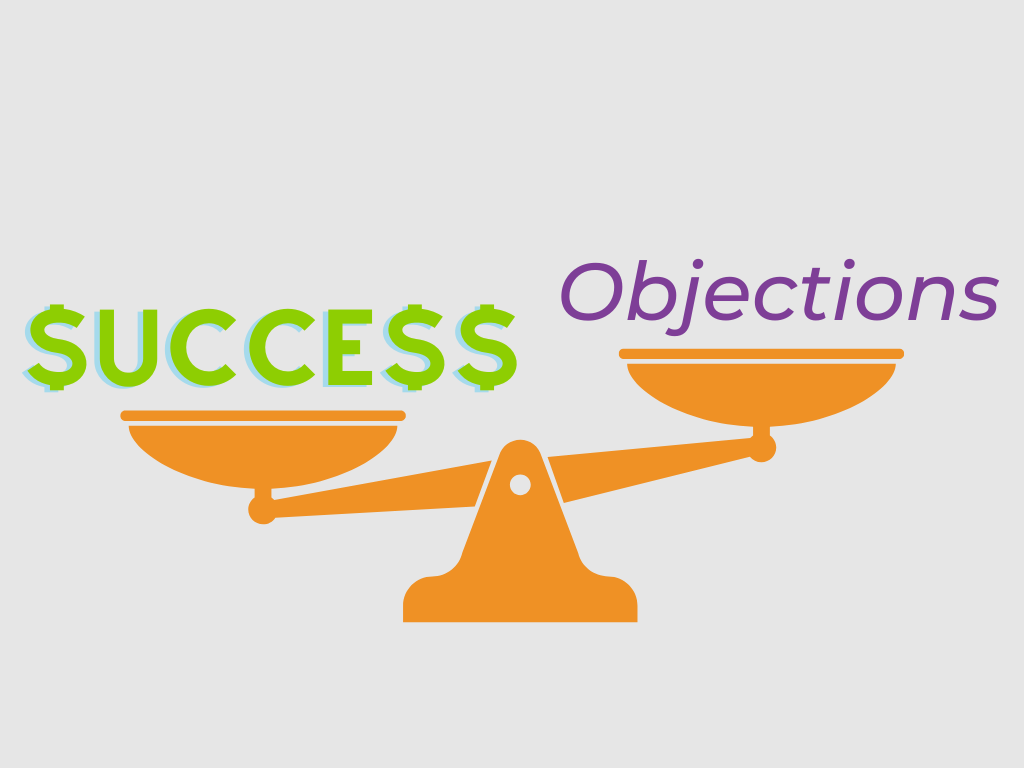
Measuring the success of your canvassing campaign is critical to understanding what worked and what didn't. Here are some key metrics to consider when evaluating your campaign:
Canvassing is a dynamic experiential marketing method that enables firms to interact personally with potential customers to increase sales, get feedback, and raise brand awareness. You may develop a successful and lucrative marketing strategy that supports the scaling of your business by carefully preparing your canvassing campaign and tackling typical problems.
1. Is canvassing still effective in the digital age?
Yes, canvassing can still be highly effective in the digital age. In fact, face-to-face marketing can be even more powerful in a world where many people are inundated with digital advertising and may be more receptive to personal interactions.
2. How can I train my canvassers effectively?
Effective canvasser training involves teaching your team how to engage with potential customers, represent your brand, and handle objections or difficult situations. Role-playing exercises and real-world scenarios can be effective training tools.
3. What are some common mistakes to avoid in canvassing?
Common mistakes in canvassing include being too pushy, not understanding your target audience, and failing to adequately prepare your team or materials.
4. Can canvassing be done in a socially responsible way?
Yes, canvassing can be done in a socially responsible way by prioritizing safety, respecting people's privacy, and being mindful of community norms and regulations.
5. How can I measure the success of my canvassing campaign?
To measure the success of your canvassing campaign, you can track metrics such as the number of doors knocked on, the number of conversations or surveys conducted, the number of promotional materials distributed, and the number of sales or leads generated. You can also gather customer feedback and satisfaction ratings to evaluate your campaign's effectiveness.

Every brand within the healthcare industry faces its own set of unique challenges. Even though the healthcare industry is highly saturated, health is a sensitive topic,...

Sensory marketing has altered how we communicate with our customers. You can use the power of sensory stimulation to create memorable, immersive experiences.
The science...